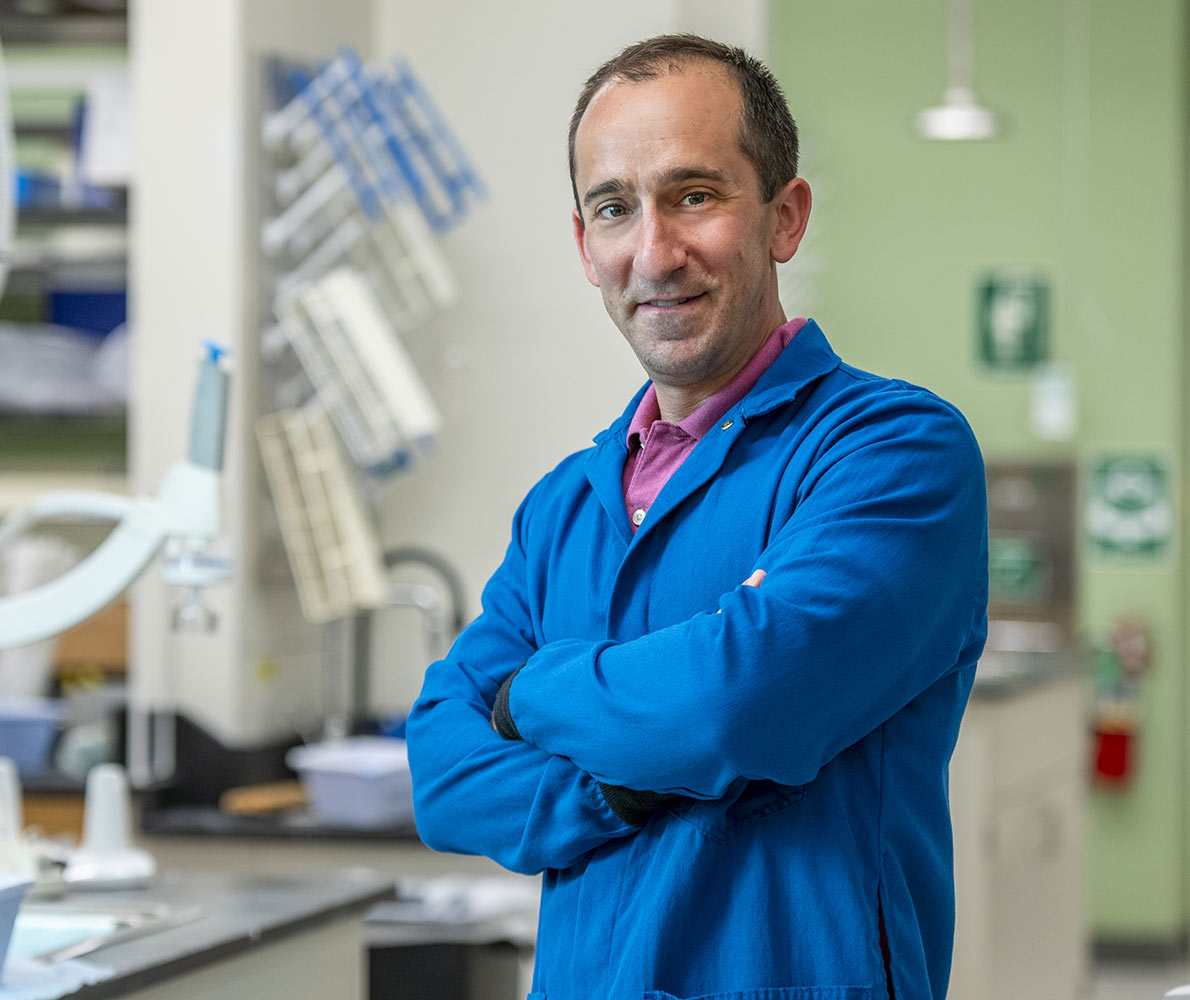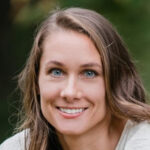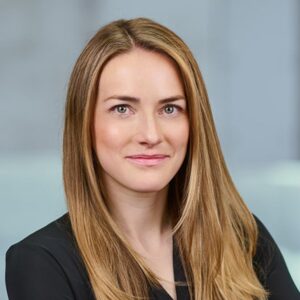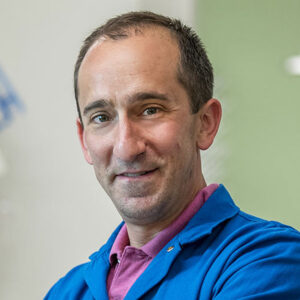What if vaccines and cancer therapies could be applied to the skin like a simple cream?
Hertz Fellow Michael Fischbach is working to make that idea a reality. By harnessing the power of genetically engineered skin bacteria, Fischbach’s lab at Stanford University has devised a way to stimulate the immune system to fight off diseases ranging from infectious viruses to aggressive tumors — all through topical application.
The technique relies on engineered bacteria applied directly to the skin. When engineered to contain proteins from pathogens or tumors, these bacteria prompt the immune system to launch a powerful defense, generating antibodies not only in the bloodstream, but also in the lining of the lungs and nose, where infections often begin. For cancer, the same approach instructs the immune system to seek and destroy tumors with unexpected aggression.
“This is an incredibly exciting time in biotech,” says Fischbach, who is the Liu (Liao) Family Professor and a professor of bioengineering at Stanford University. “Work is moving faster than ever from the lab to the clinic, and I think in the next few decades we’re going to get an incredible number of medicines that look nothing like what we have right now.”
A Tinkerer at Heart
Fischbach’s journey began with an insatiable curiosity for how things work. As a child, he took apart and reassembled appliances and carried out risky chemistry experiments with his father in their basement. This fascination with tinkering and fixing things eventually led him to pursue biochemistry, a field in which he could channel his curiosity into scientific discovery.
Fischbach’s early research efforts as an undergraduate at Harvard Medical School focused on cancer cell signaling, specifically attempting to inhibit the notorious RAS gene. This gene, when mutated, drives uncontrolled cell division in nearly a third of all human cancers. Although he set this work aside for years, his first company, Revolution Medicines, now develops therapies targeting cancer cell division. “I love the circularity of that,” Fischbach remarks, acknowledging how early research can unexpectedly shape one’s entire career.
A pivotal moment for Fischbach came during his graduate studies, supported by the Hertz Foundation. The Hertz Fellowship provided not only financial support, but also a vibrant community of like-minded scientists eager to explore ambitious ideas.
“When you’re surrounded by people where everybody is going out on a limb with crazy ideas, you feel licensed to go off and do that in your own work,” Fischbach recalls. “It made me more comfortable with pursuing really big ideas.”
Fischbach’s graduate work focused on complex chemicals produced by microorganisms, often used as antibiotics or anti-cancer agents. He aimed to engineer bacteria to produce new drugs by manipulating their genomes. This research led him to develop a groundbreaking algorithm capable of searching bacterial genomes to identify the genes responsible for producing these chemicals — a technique that has since become standard practice in the field.
But the real turning point came when he applied this algorithm to a diverse collection of microbes found around the Earth — and the human body.
“To our surprise, most of the interesting genes we found were not from the exotic soil and marine microorganisms, but from gut and skin bacteria,” Fischbach says. “It was a real ‘holy smokes’ moment.”
Fischbach realized that if bacteria living inside us were producing chemicals, they were likely having real, measurable effects on our health.
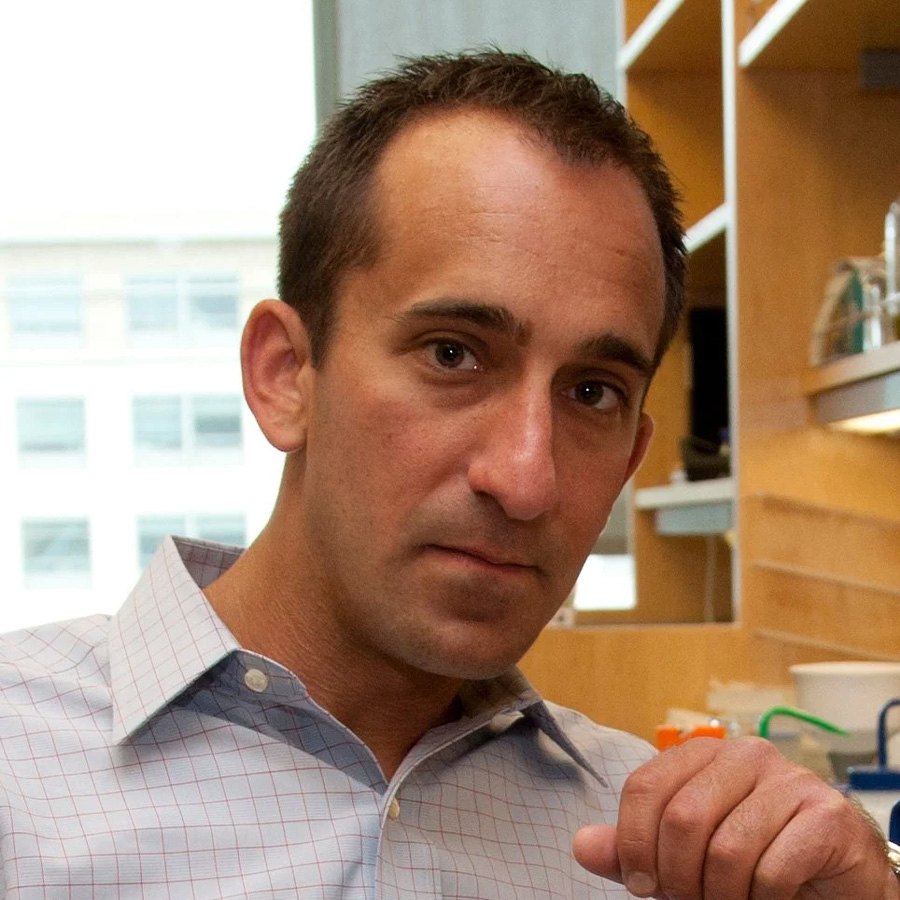
“Things are changing so fast right now, I don’t think anyone knows what it’s going to look like to be a scientist in even five years.”
Michael Fischbach
Professor, Stanford University
2004 Hertz Fellow
Reengineering Microbes for Health
As a professor at UC San Francisco and, since 2017, at Stanford, Fischbach has developed innovative methods to study and manipulate the gut and skin microbiomes. His team designed a thriving community of 119 bacterial species that mimic those found in the human body and can be implanted into mice, allowing them to carry out lab experiments analyzing the health impacts of specific bacteria.
At the same time, Fischbach’s group perfected their ability to manipulate the genomes of individual bacteria — this let them change or remove individual bacterial genes to study the effects.
It was that combination of new techniques that let the scientists shed new light on how harmless Staphylococcus epidermidis bacteria that live on the skin of healthy humans can cause bursts of immune activity inside the body. Fischbach and his colleagues wondered whether this immune activity could be manipulated; they tried adding a cancer-related protein to S. epidermidis and applying it to the skin of mice with tumors.
“We were all convinced the bacteria would just sit there and nothing would happen, but we did the experiments,” Fischbach says. “But I remember getting the text from Erin Chen, then a trainee in the lab: all the tumors had completely disappeared.”
The lab went on to show that the body generates strong immune responses against proteins carried by S. epidermidis — not only near the skin but in organs and mucosal linings like the lungs and nose. In 2024, the team published data on the use of the approach to vaccinate mice against tetanus or diphtheria — using only a skin cream with S. epidermidis carrying a gene for part of the tetanus or diphtheria toxin.
Pursuing Risky Business
In addition to his academic research, Fischbach has thrived as an entrepreneur, founding and advising Revolution Medicines, the now-shuttered Federation Bio and Kelonia Therapeutics — of which Hertz Fellow Megan Blewett is also a co-founder. Fischbach says he didn’t set out to start companies, but they formed as natural extensions of his work.
“I really like the practical aspect of making things and getting them into the world,” he says. “I don’t think I realized how much that would be a part of my professional life, but I’m delighted by it.”
As Fischbach envisions vaccines and cancer therapies formed from skin bacteria, he encourages students and early-career Hertz Fellows to put aside their preconceptions about how science and medicine work, or what a treatment should look like.
“Things are changing so fast right now, I don’t think anyone knows what it’s going to look like to be a scientist in even five years,” he says. “No constraints should be respected right now, but that also should give you some freedom — as a scientist, you can do anything you want.”
About the Hertz Foundation
The Hertz Foundation is the nation’s preeminent nonprofit organization committed to advancing American scientific and technological leadership. For more than 60 years, it has stood as an unwavering pillar of independent support through the renowned Hertz Fellowship, cultivating a multidisciplinary network of innovators whose work has positively impacted millions of lives. Learn more at hertzfoundation.org.
